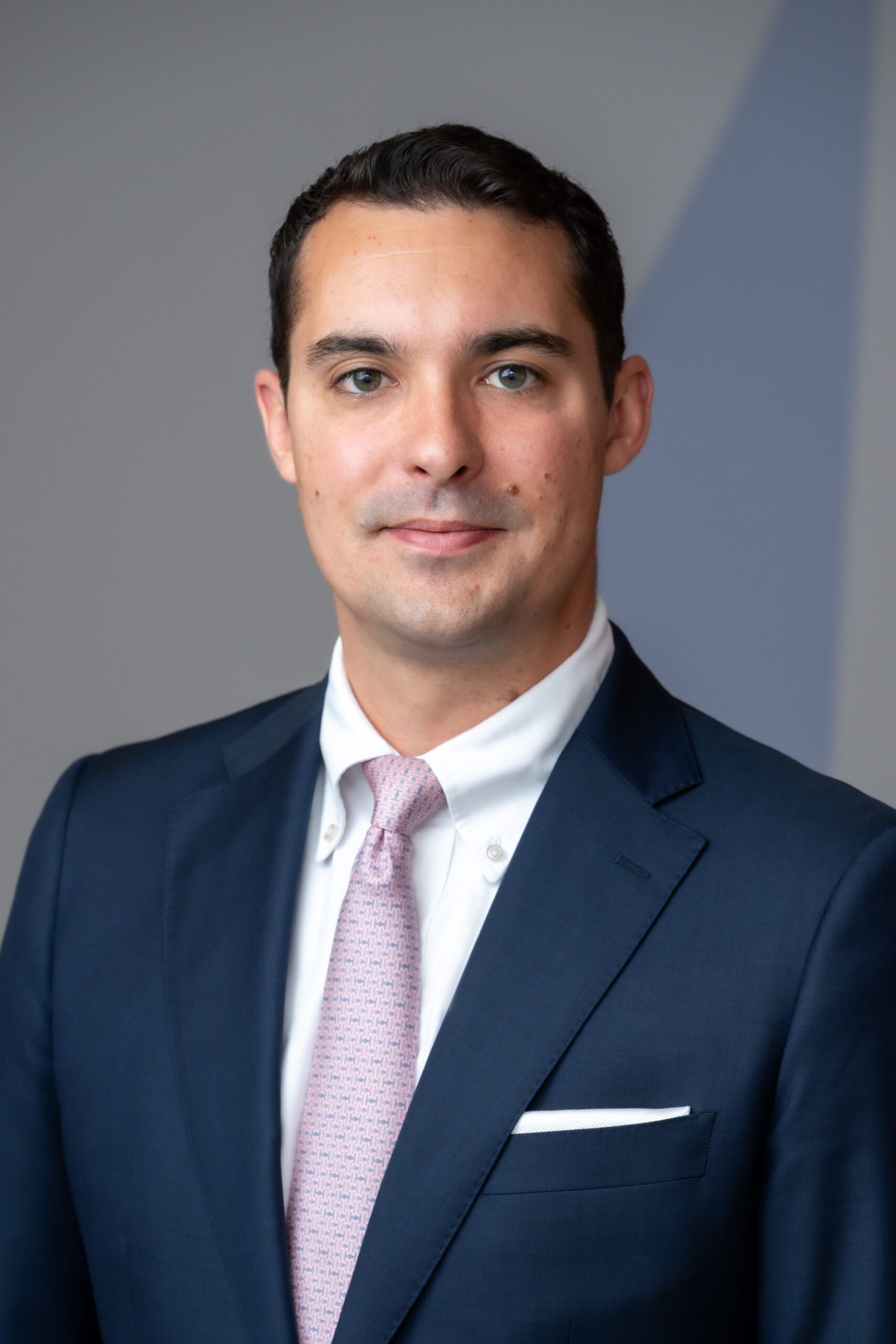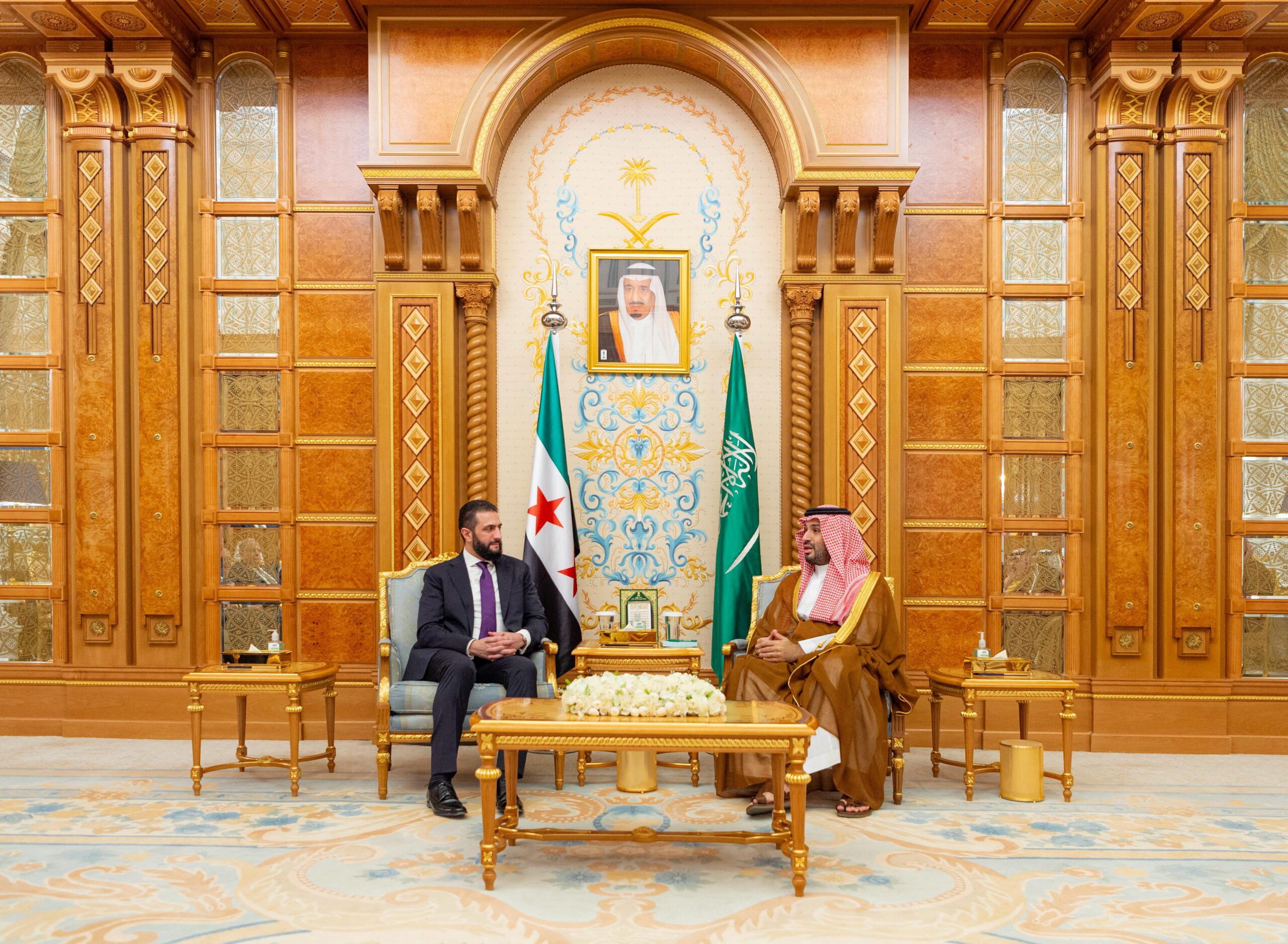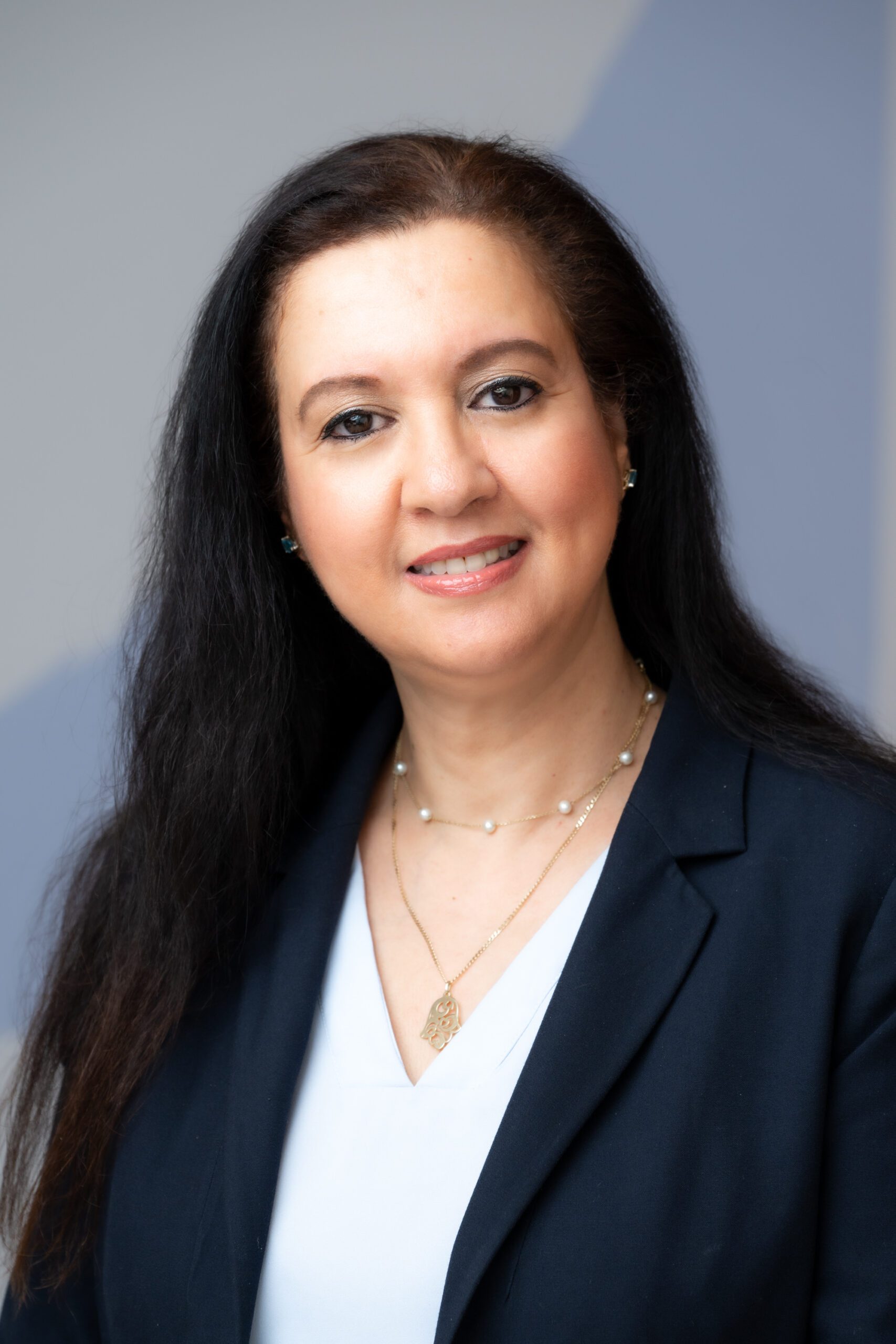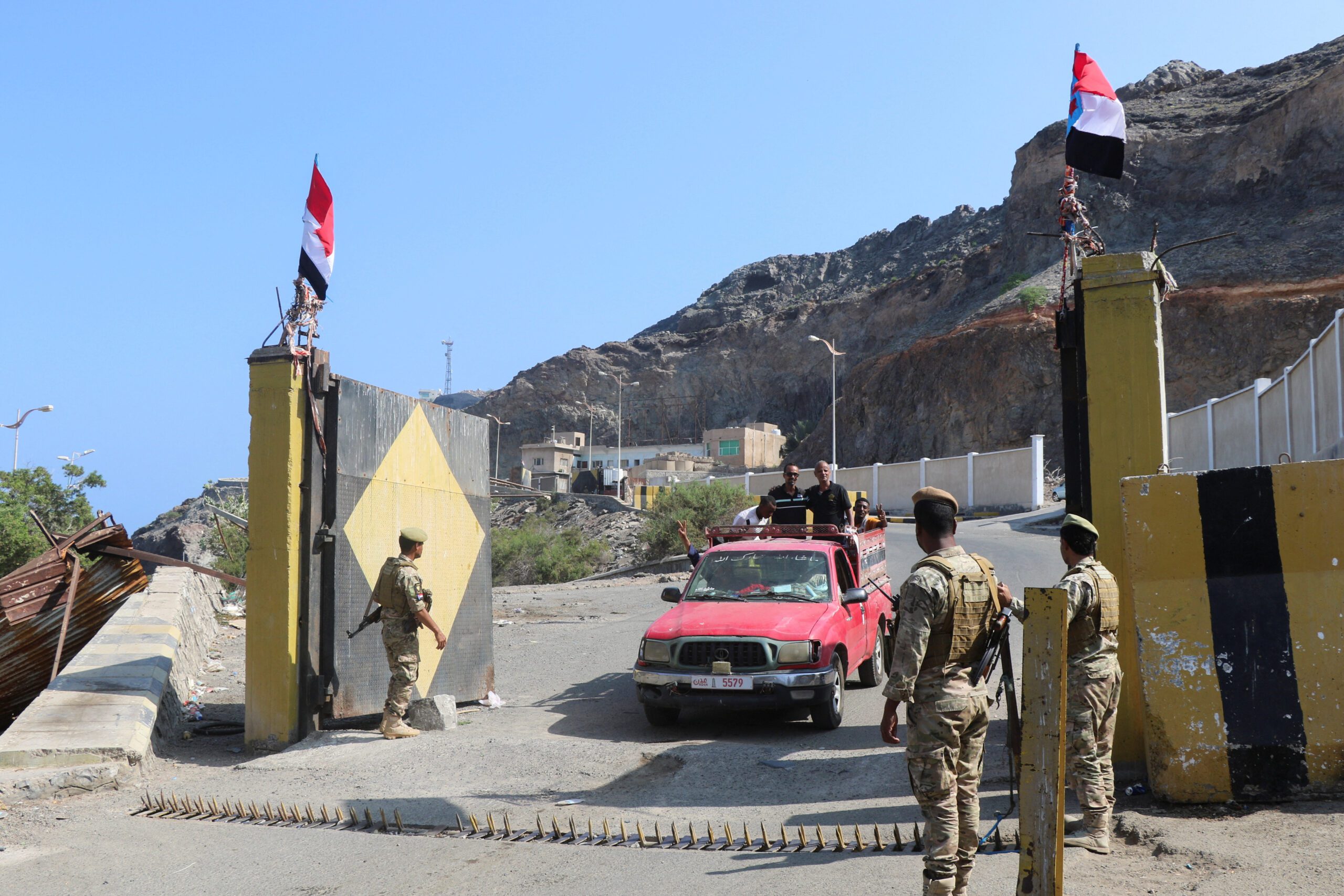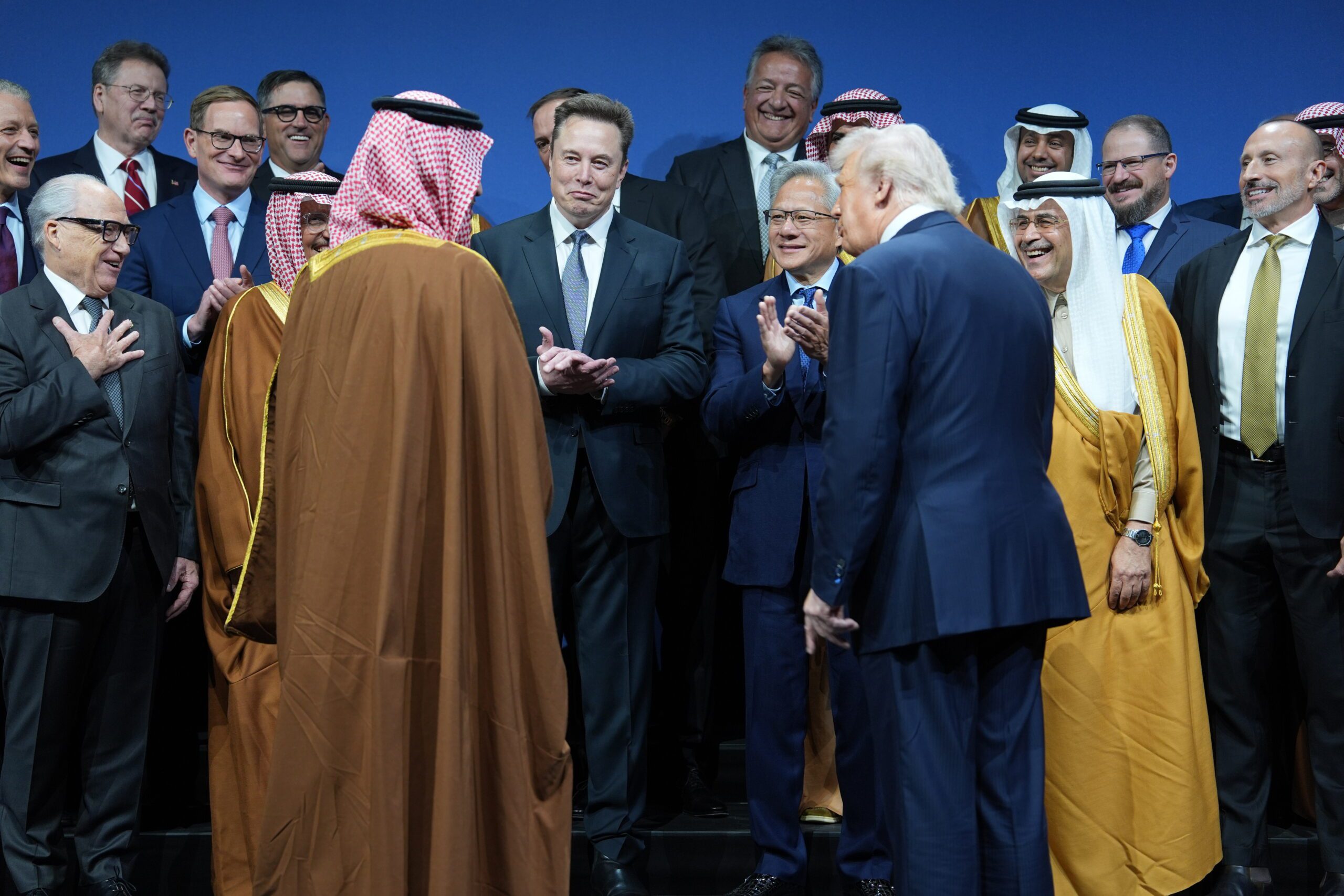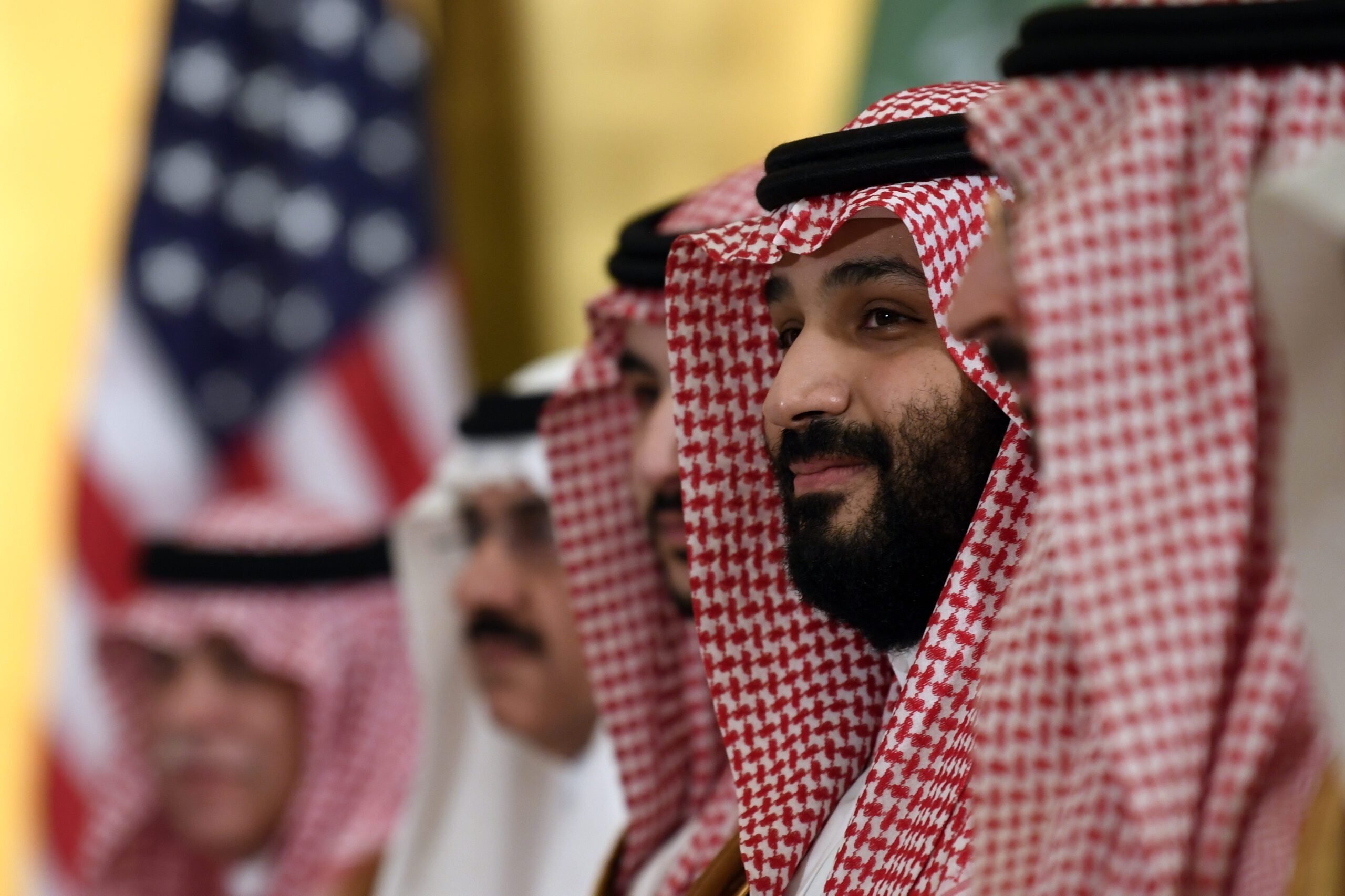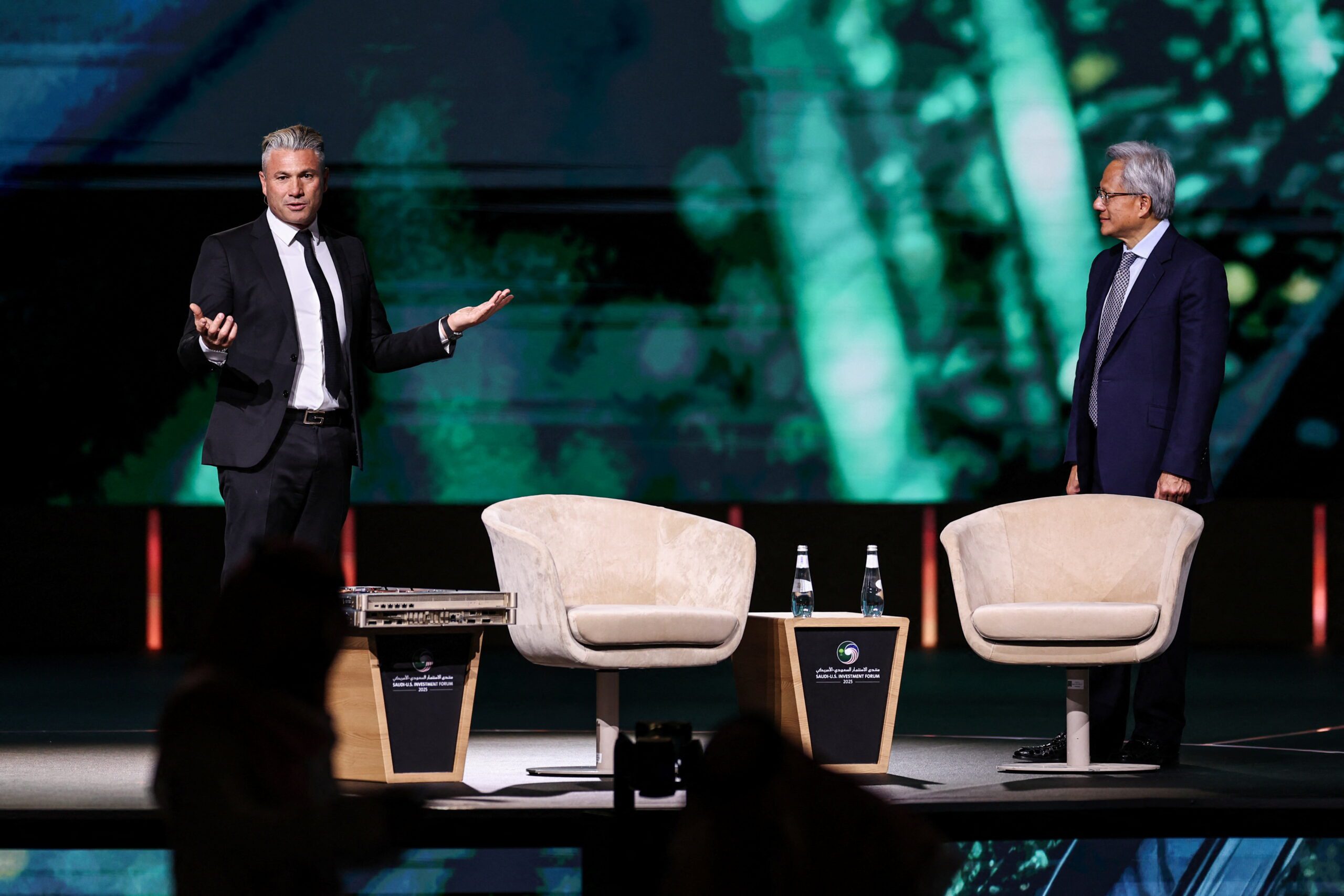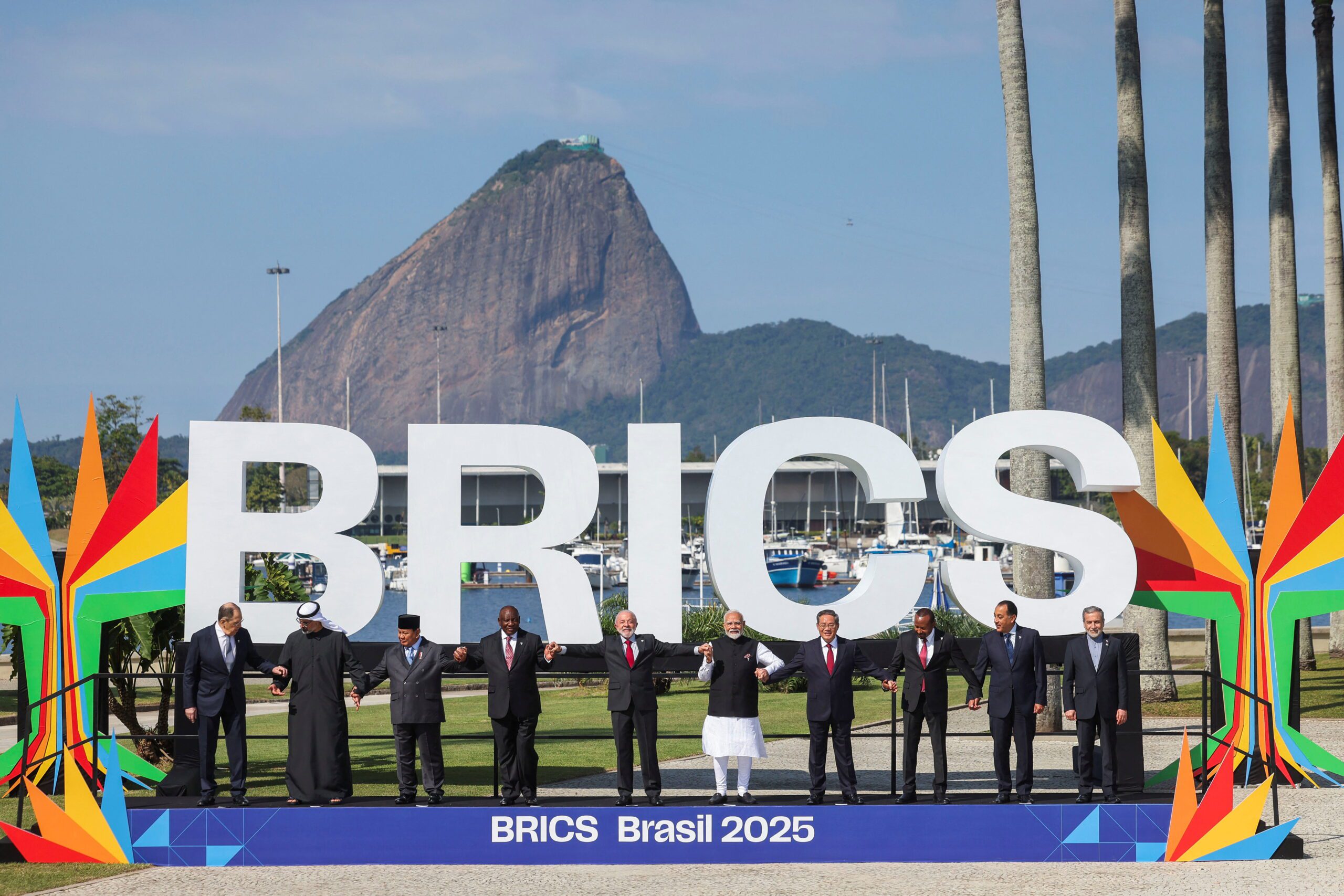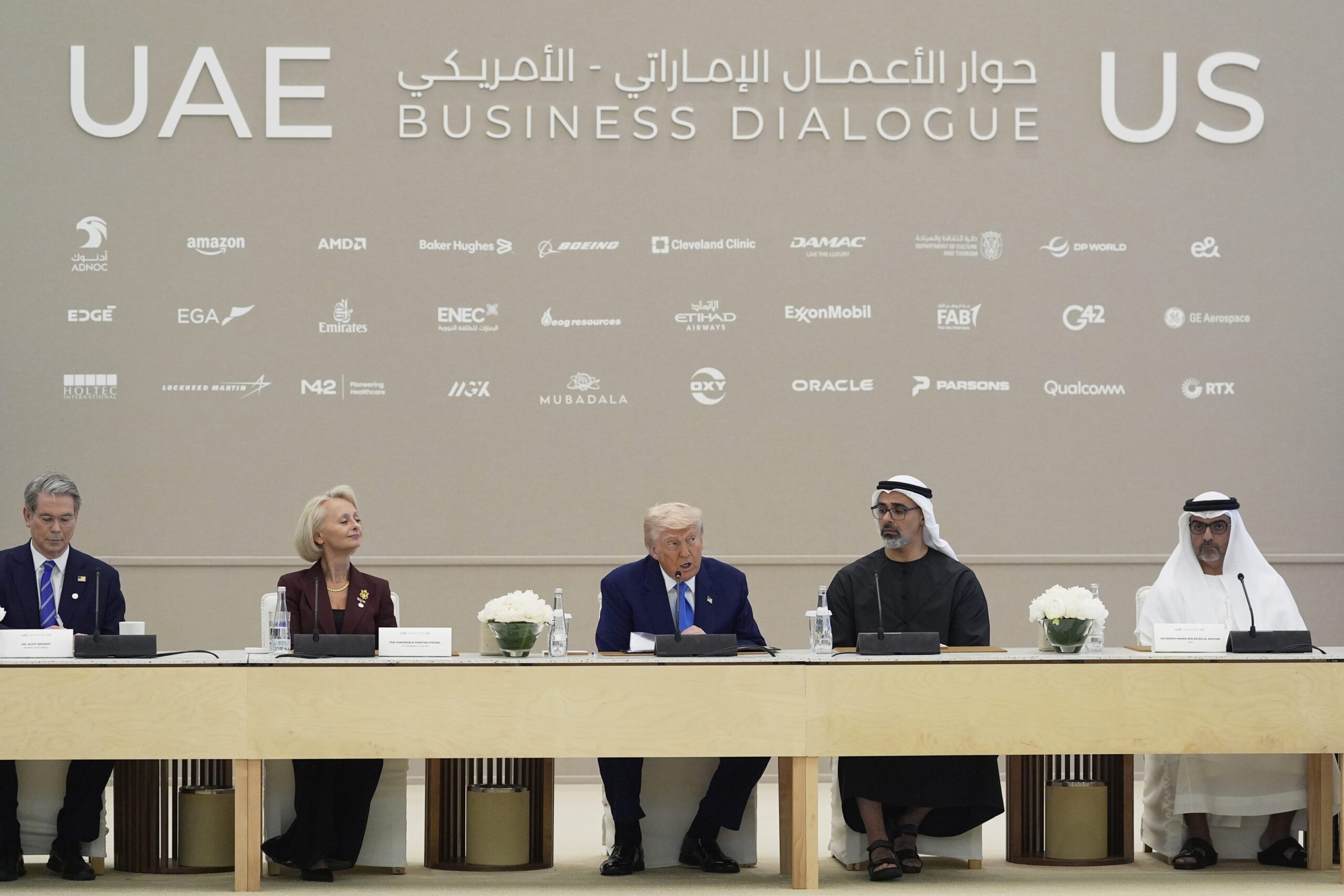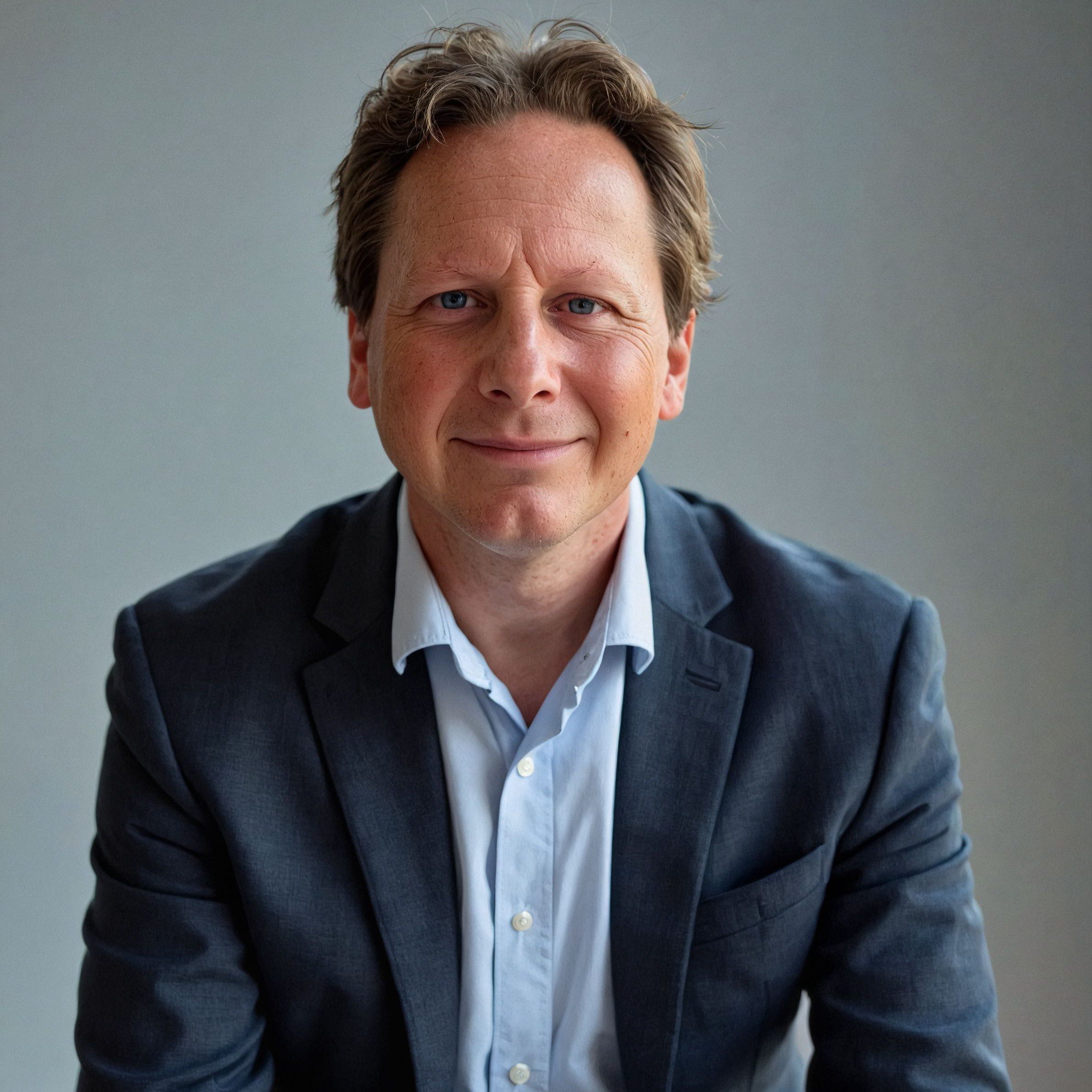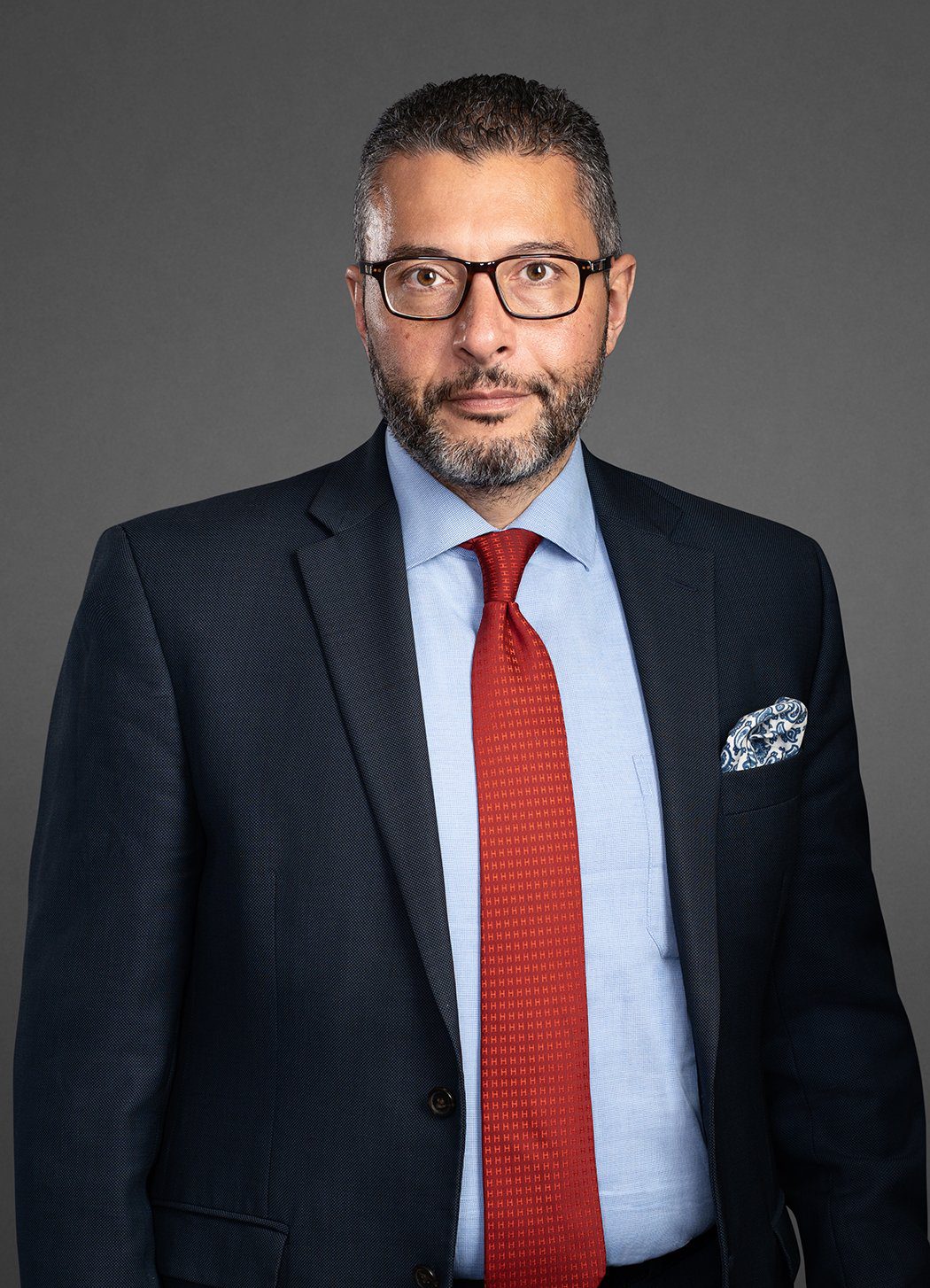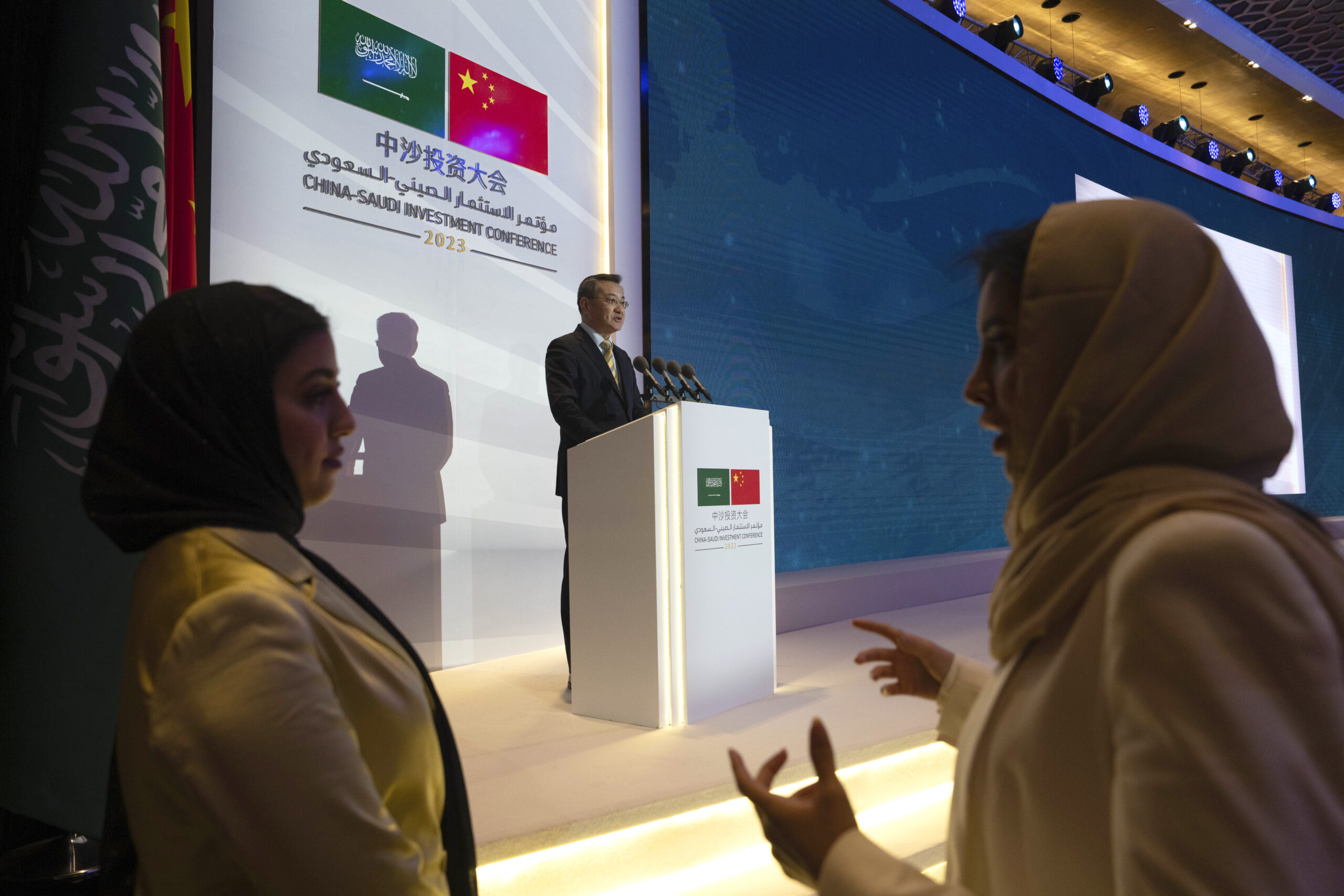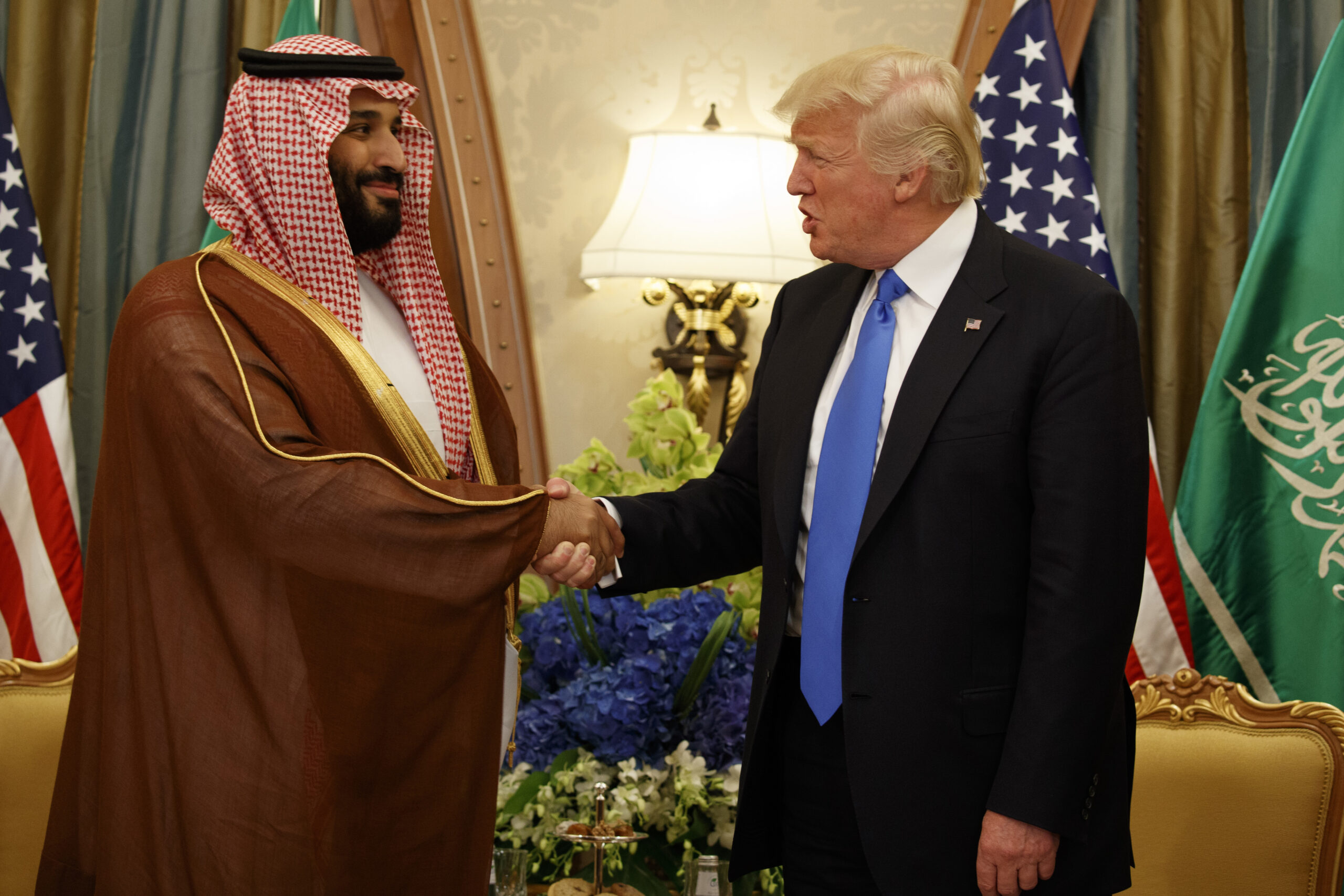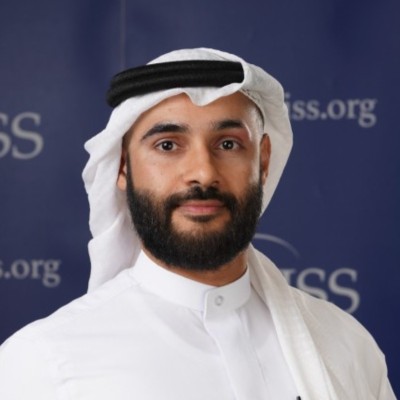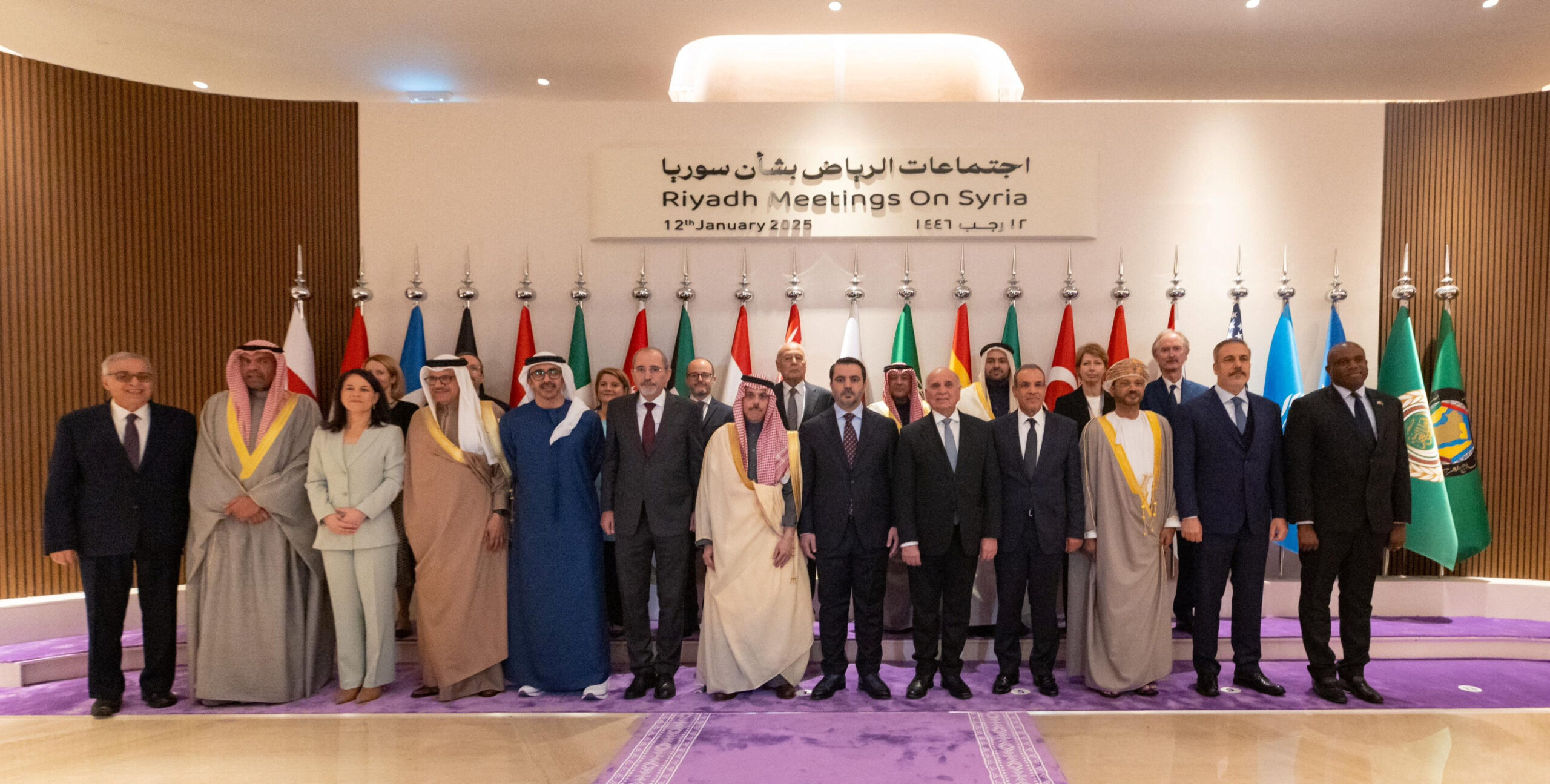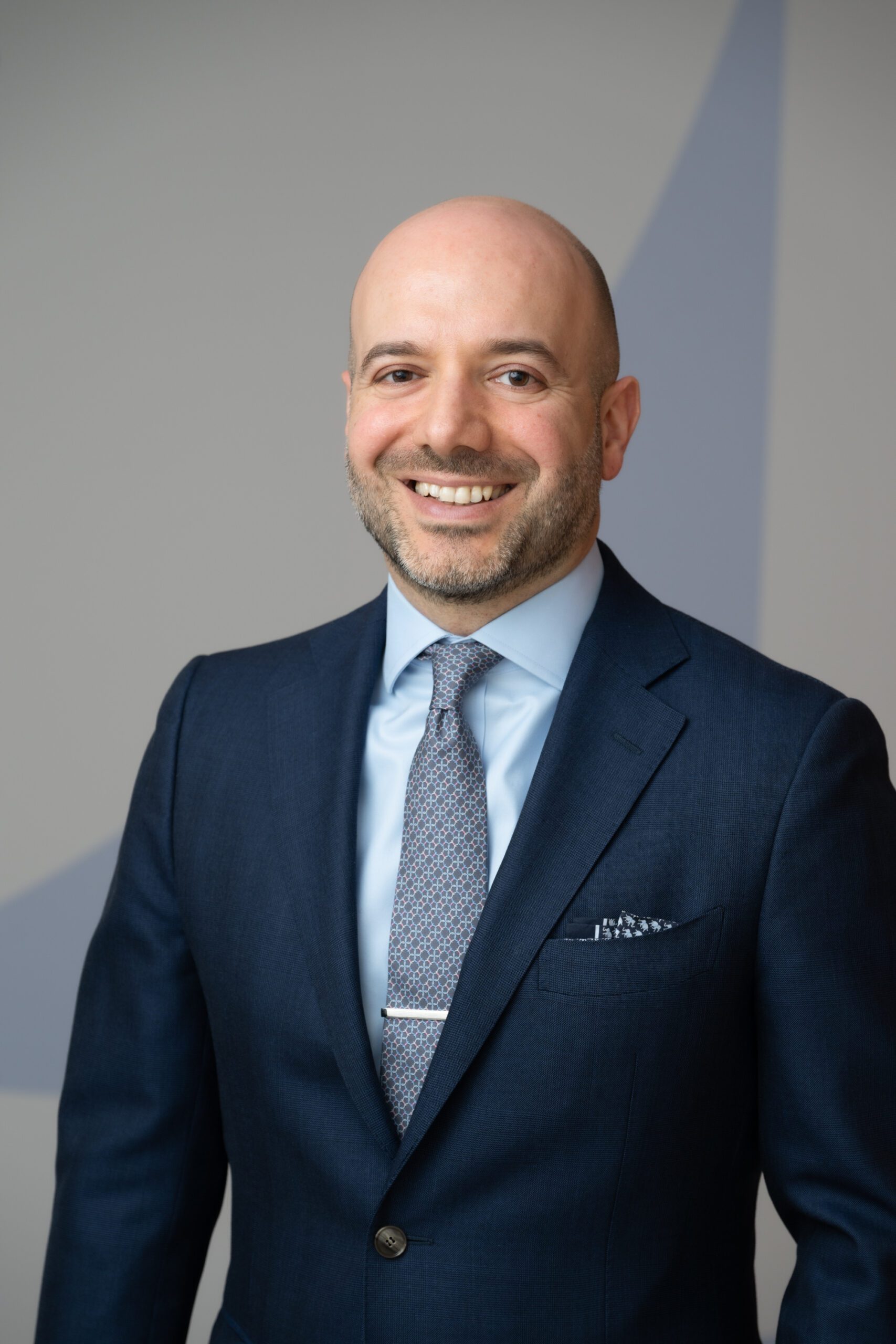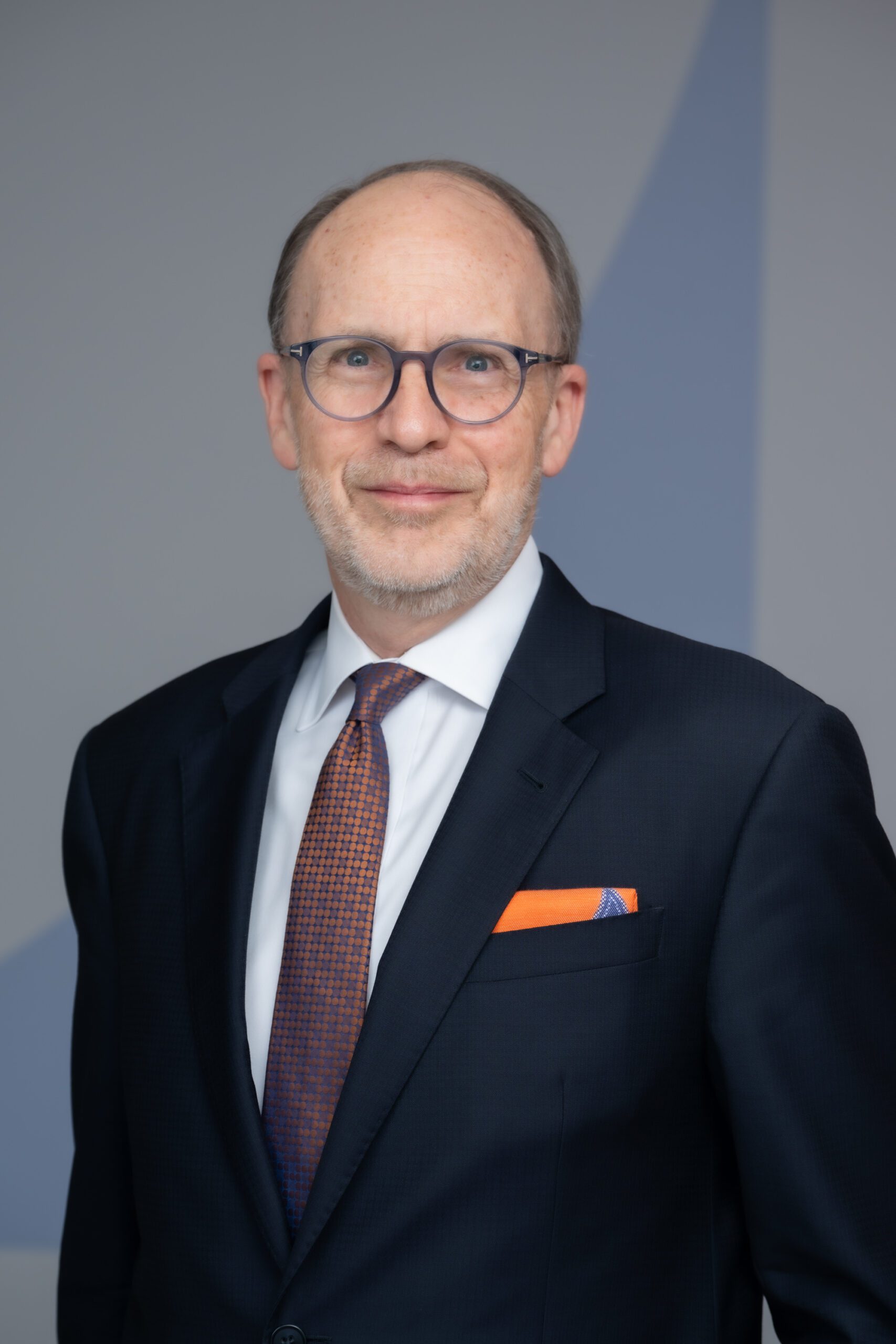Diversified Investment in UAE Shaping China’s Economic Role in the Gulf
Despite a large appetite among Gulf Arab states for Chinese investment and trade, the UAE has emerged as China’s primary economic partner in the region.
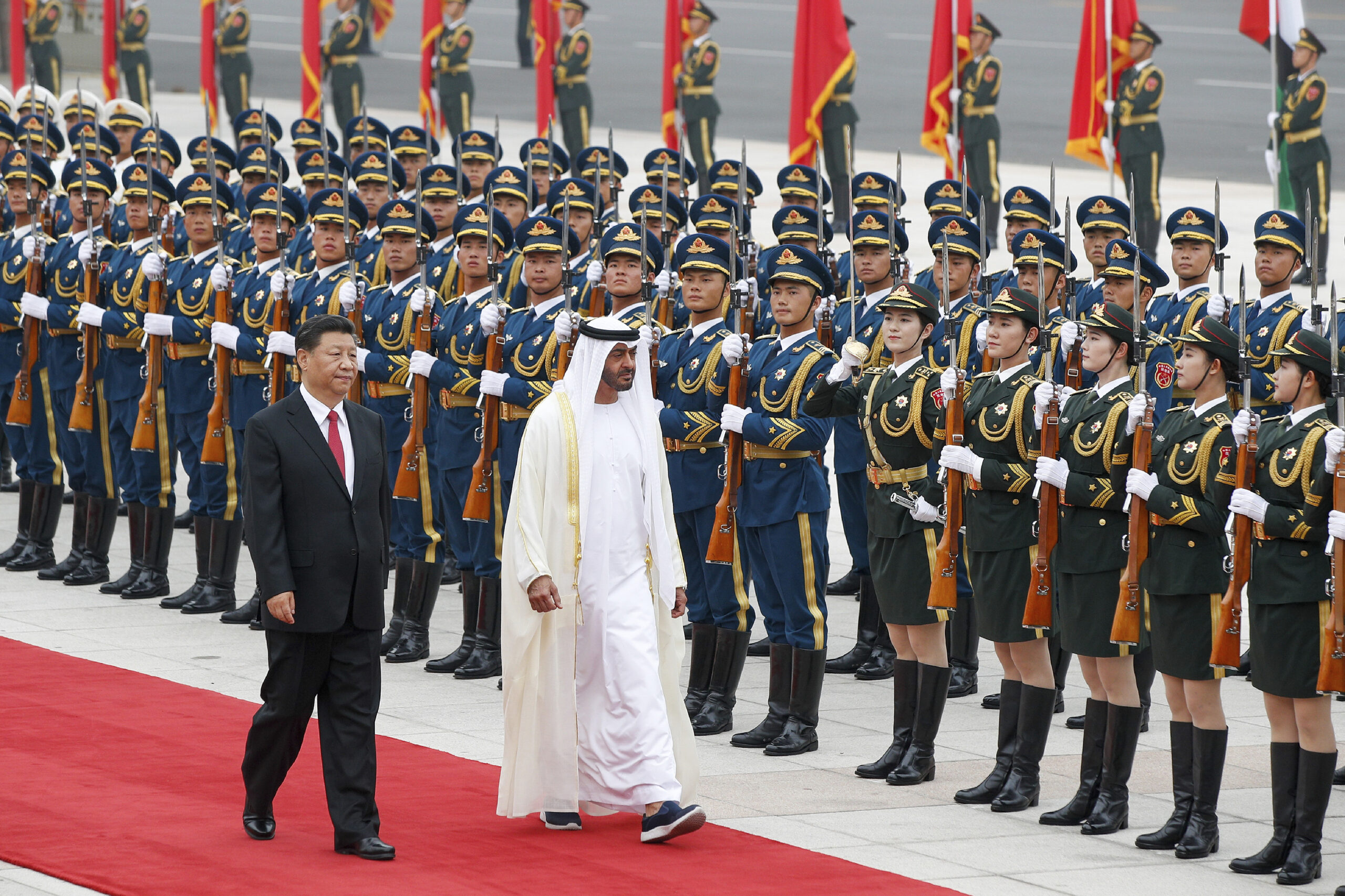
Abu Dhabi Crown Prince Mohammed bin Zayed al-Nahyan’s three-day state visit to Beijing reaffirmed the United Arab Emirate’s central role in shaping China’s economic influence in the Gulf. The UAE-China Economic Forum, which the UAE Ministry of Economy organized to take place alongside the state visit, led to the signing of 16 memorandums of understanding. Mohamed Alabbar, the forum’s guest of honor and chairman of the Dubai-based Emaar Properties, announced that his firm will implement an $11 billion project with the Beijing Daxing International Airport over the next 10 years. The Abu Dhabi National Oil Company and the China National Offshore Oil Corporation agreed to boost collaboration on upstream, downstream, and liquefied natural gas activities. This flurry of commercial agreements came three months after Mohammed bin Rashid al-Maktoum, the UAE’s vice president and prime minister as well as ruler of Dubai, traveled to Beijing, where he led an Emirati delegation at the Second Belt and Road Conference for International Cooperation.
Other Gulf Arab states are vying for China’s attention: Saudi Arabian Crown Prince Mohammed bin Salman visited Beijing as part of his Asia tour in early 2019; Oman continues to court Chinese investors for the Duqm megaproject; and Kuwait hopes that Chinese investment will generate momentum for its Silk City initiative. Despite a large regional appetite for Chinese investment and trade, the UAE has emerged as China’s primary economic partner in the Gulf. Chinese investments and contracts in the UAE totaled $8.16 billion in 2018 – eclipsing the second-largest recipient, Saudi Arabia, by nearly $3.4 billion, according to the American Enterprise Institute’s China Global Investment Tracker. Bilateral trade between China and the UAE reached $53 billion in 2018; comparatively, trade between China and Saudi Arabia was around $32 billion, according to the U.N. International Trade Statistics Database. The combination of robust emirate-level linkages with China and strong complementarities between the two countries suggests that the UAE will be China’s main economic partner in the Gulf over the coming years.

Source: China Global Investment Tracker, American Enterprise Institute
*Figures not reported on tracker
Emirate-Level Linkages
The foundations of the economic relationship between Abu Dhabi and China rest on the supply and demand of hydrocarbon commodities. Crude oil, natural gas, refined petroleum, and other petrochemical products comprised approximately 95 percent of the UAE’s exports to China in 2017. More recent commercial agreements between the two countries reflect the continued significance of the energy industry for this relationship. In addition to its agreement with the China National Offshore Oil Corporation, ADNOC also signed a partnership framework with China’s Wanhua Chemical Group – worth as much as $12 billion – for collaboration in refining, sales, and shipping operations.
Economic relations are becoming more diversified. Substantial Chinese investments increasingly position Abu Dhabi as a “pivot city” in the Belt and Road Initiative, according to Jonathan Fulton, an assistant professor of political science at Zayed University in Abu Dhabi. These investments span the industrial, shipping, and even financial sectors. Etihad Credit Insurance, an export credit agency owned by the national and emirate-level governments, signed strategic agreements with three Chinese financial institutions at the UAE-China Economic Forum. The Chinese state-owned Industrial Capacity Cooperation Financial Group Limited aims to manage $2 billion in investments and promote Chinese enterprises through Abu Dhabi Global Market, the emirate’s financial free zone. In early 2019, the Chinese tire manufacturer Roadbot invested around $614 million to construct a plant in the Khalifa Industrial Zone Abu Dhabi.

Source: The Observatory of Economic Complexity
*“Hydrocarbon” refers to crude oil, natural gas, refined petroleum, and other petrochemical products
Dubai stands to benefit disproportionately from the nonhydrocarbon elements of the growing economic alignment between the two countries. Bilateral trade between Dubai and China reached $9.8 billion in the first quarter of 2019, and China has served as the emirate’s top trading partner since 2014. During his Beijing trip in April, Mohammed bin Rashid announced $3.4 billion in Belt and Road Initiative investments in Dubai. The projects included a $2.4 billion storage and shipping station in Jebel Ali Free Zone and a $1 billion food processing and packaging plant. Following the April conference, Dubai Holding, a global investment company owned by Mohammed bin Rashid, signed a commercial agreement with the state-owned China North Industries Corporation to collaborate in the industrial and mining sectors. Dubai also hosts Dragon Mart – the largest trading hub for Chinese products outside mainland China.
There are several examples of Chinese development and trade-related projects in the UAE’s smaller emirates. Indeed, the Sharjah Investment and Development Authority, the Fujairah Free Zone Authority, the Ajman Chamber of Commerce and Industry, and the Ras Al Khaimah Economic Zone Authority participated in the Beijing economic forum in July. These emirates offer an avenue for smaller Chinese firms to invest in the UAE and alternative tourist destinations. Sharjah contains approximately 18 percent of the 4,000 registered Chinese firms in the UAE, and the emirate aims to boost the number of Chinese tourists to 200,000 by 2021, from 68,000 in 2018. The Ajman government permitted the Gulf Chinese Trading Corporation to retain free zone status for a China Mall operating outside the Ajman Free Zone.
Overlapping Interests
Complementarities in the areas of free zone development, technological innovation, and logistics and infrastructure expertise further encourage economic alignment between the UAE and China. The development trajectory of the UAE’s expansive free zone sector, which consists of more than 40 free zones, possesses many similarities with China’s development of special economic zones in the country’s coastal regions. Both countries launched economic zones during the late 1970s and early 1980s to implement a controlled form of economic liberalization. This process enabled foreign participation in the economy without major disruptions to prevailing economic, political, and social systems.
The Jiangsu Provincial Overseas Cooperation and Investment Company Limited began operations in the Khalifa Port Free Trade Zone in 2018 with an estimated $1 billion of investments. A subsidiary of the company is currently developing a nearly square-mile area of the free trade zone and retains the option of expanding operations to incorporate almost 5 square miles. The Dubai Multi Commodities Centre free zone hosts around 10 percent of the Chinese firms in the UAE and has signed memorandums of understanding with multiple provincial-level agencies in China, including the Department of Commerce of Shandong Province in Qingdao and the Hangzhou China Council for the Promotion of International Trade.
E-commerce presents an opportunity for greater collaboration between the two countries. Dubai contains one operating e-commerce free zone, CommerCity, and state-owned developer Dubai South is building a similar zone, EZDubai. The e-commerce firm Noon.com, which is headquartered in Dubai, partnered with the Chinese technology company Neolix to experiment with autonomous vehicle deliveries in the UAE and Saudi Arabia. Meanwhile, major Chinese e-commerce firms like Alibaba and JD.com have expanded global shipping infrastructure to target an international consumer base. The UAE’s nascent e-commerce platforms can shape how this expansion unfolds across the Gulf.
Broader state-led efforts to transform the UAE into a knowledge economy and China’s technological research and innovation capabilities form a natural nexus. While a state-led focus on cultivating indigenous tech sectors is apparent across the Gulf, the UAE has wagered substantial political capital in this domain. The country has a minister of state for artificial intelligence and the UAE Artificial Intelligence Strategy 2031 – two examples of a concerted government effort to position the country as a “global incubator” for AI and other advanced technologies. Yet private-sector firms have, for the most part, not opted to relocate their research and development departments to the UAE. China could help to bridge this gap. Chinese universities play a dominating role in the global production of inventions related to distributed AI, machine learning techniques, and neuroscience/neurorobotics. Moreover, China is among the top global spenders on cognitive and AI systems, behind the United States and Western Europe.
The implementation of hard and soft infrastructure projects under China’s BRI requires forming local partnerships with firms demonstrating port management and logistics expertise. State-owned firms in the UAE, such as DP World, can serve as useful facilitators and commercial conduits in this regard. The embeddedness of Emirati firms – as well as a military presence – in the Horn of Africa, in particular, reflects an attractive proposition for provincial investment groups seeking to develop an integrated network of Asian, Middle Eastern, and African markets as part of the Maritime Silk Road Initiative. The linkages exist in both directions: Dubai-based Emaar plans to expand its business operations in China by opening a new office in Beijing.
Emirati policymakers are betting that a rising Chinese economic tide will lift all boats in the country. For the moment, the UAE is well positioned to attract the largest share in the Gulf of trade and investment flows from China. However, global trade tensions and neighboring Gulf Arab states with similar interests in attracting Chinese trade and investment may constrain the UAE’s ability to control the depth and direction of this relationship in the coming years.
The views represented herein are the author's or speaker's own and do not necessarily reflect the views of AGSI, its staff, or its board of directors.
